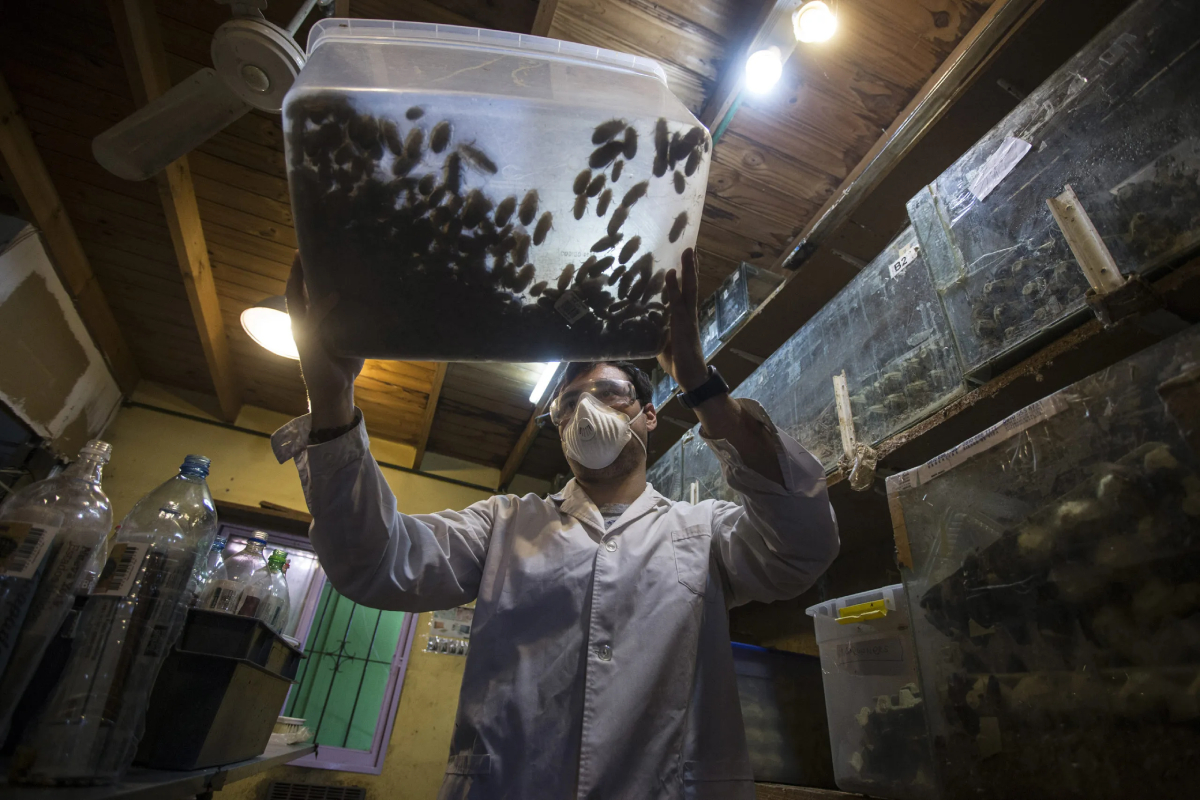Insects like biting flies and cockroaches are not likely to spread the agent of Covid-19 to humans, according to a study.
Previously, scientists have discovered that animals like cats and dogs were susceptible to SARS-CoV-2 infection and could shed the infectious virus.
Insects are known to spread many infectious diseases among humans. But the study, published in the Journal of Medical Entomology, did not find any evidence that insects were obtaining SARS-CoV-2 viral RNA in natural household settings.
“We were sampling insects in homes with recent human Covid-19 cases, some of which also had dogs and cats actively infected with SARS-CoV-2,” Hamer said.
“We suspected these were high-risk environments where insects may be able to become contaminated with the virus if they were contacting the infected humans, animals or contaminated surfaces. Instead, we did not detect evidence of the virus in the sampled insects from these homes.”
Mechanical transmission would involve the pathogen being transmitted to a human via infectious particles on an insect’s body parts, Hamer said. Biological transmission would involve the pathogen entering the insect then growing and increasing before being transmitted through the insect’s saliva or faeces.
Most vector-borne pathogens, for instance West Nile virus in mosquitoes, are spread biologically, Hamer said. But non-biting flies can transfer bacteria like Salmonella mechanically.
As part of the investigation, the team processed the contents of 133 insect traps in 40 homes that each had at least one confirmed human Covid-19 case present. Sticky traps collected more than 1,345 individual insects representing 11 different fly and roach species between June and September 2020.
The insects were tested using quantitative reverse transcription PCR. The liquid in additional trap types was also tested after RNA concentration. The individual insects were grouped into 243 pools, and all tested negative for SARS-CoV-2.
Fourteen traps in seven homes were placed, the same day dog or cat samples tested positive for the virus, further increasing the opportunity for the insects to come into contact with contaminated animals or surfaces.
The study presents evidence that biting and non-biting flies and roaches are not likely to spread the virus via mechanical transmission or be useful as a surveillance tool to track the transmission of SARS-CoV-2.












